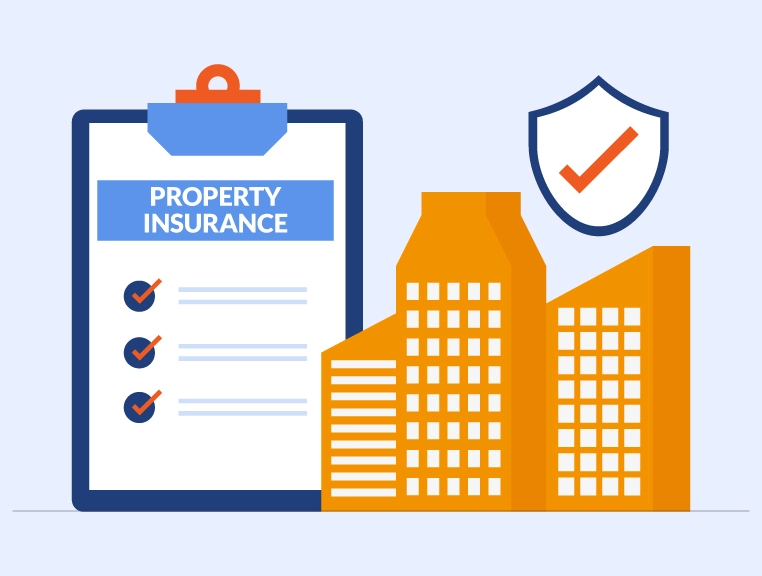Overview
The premium for property insurance is calculated based on various risk-related factors assessed by the insurer. These help insurers determine the potential exposure and ensure fair pricing.
Key Factors That Influence Property Insurance Premiums:
- Type and value of the property (residential, commercial, industrial)
- Location of the property (flood-prone, high-crime, seismic zones)
- Construction material and age of the property
- Fire and security protection systems in place
- Sum insured (total coverage value)
- Claim history of the policyholder
- Occupancy type (owner-occupied, tenant, warehouse, etc.)
- Add-ons or riders like earthquake or terrorism cover
Insurers use actuarial models and historical data to evaluate risk levels and assign a premium that reflects the coverage required.
Insurers follow a structured approach to a price premium for underwriting each risk. That’s how a premium is decided to be charged for property insurance. Below is the list of steps that they take –
Assess the quantum of risk at each location –
Insurers assess each proposal with information on the quantum of the sum insured at a single location. They will prefer to underwrite proposals. Where the quantum of risk well disperses across multiple. For example, it is safer to underwrite 6 factories of the sum insured 50 Cr. each. At multiple locations, v/s underwriting single factory of total sum insured 300 Cr.
Determine the quality of risk through a survey –
To gain confidence in an asset’s risk profile, insurers require a risk assessment survey to provide them with holistic information on operations performed at the premise and safety features in place for loss minimization in case of adversity.
Past claims information –
Every insurer seeks information on past claims. With past claims data, an insurer is able to ascertain whether the asset is subject to frequent Higher claim frequency, or riskier the asset.
Revisit re-insurer contracts to assess their capacity –
Each insurer has a re-insurer treaty in place for fire insurance. That is the underwritten risk shared between the two as per treaty terms. So, depending on the nature of operations carried out within the asset premise, each insurer can underwrite up to a certain limit which is specified in the re-insurer treaty.
Charge minimum threshold premium –
After an insurer understands the risk profile of the asset in detail, it quotes a premium to cover the risk. That is in compliance with Insurance Information Bureau (IIB) tariff structure. GIC Re (General Insurance Corporation of India) instructed the Insurers to charge a minimum threshold premium charged for property insurance for each occupancy as per the IIB tariff structure.
FAQs
Q) How is property insurance premium calculated?
A) Property insurance premiums are calculated based on the property’s value, location, construction type, safety features, and coverage amount.
Q) What factors affect the premium amount in property insurance?
A) Key factors include property location, structure age, claim history, security systems, and the type of coverage selected.
Q) Why does location impact property insurance premium?
A) Properties in high-risk zones (e.g., flood or earthquake-prone areas) attract higher premiums due to increased exposure to damage.
Q) Do safety features reduce property insurance premiums?
A) Yes, features like fire alarms, sprinkler systems, and CCTV can reduce premiums by lowering the risk of loss or damage.
Q) Is the premium the same for all types of property insurance?
A) No, commercial properties usually have higher premiums due to greater exposure and higher insured values compared to residential properties.
About The Author
Shivani
MBA Insurance and Risk
She has a passion for property insurance and a wealth of experience in the field, Shivani has been a valuable contributor to SecureNow for the past six years. As a seasoned writer, they specialize in crafting insightful articles and engaging blogs that educate and inform readers about the intricacies of property insurance. She brings a unique blend of expertise and practical knowledge to their writing, drawing from her extensive background in the insurance industry. Having worked in various capacities within the sector, she deeply understands the challenges and opportunities facing property owners and insurers alike.




